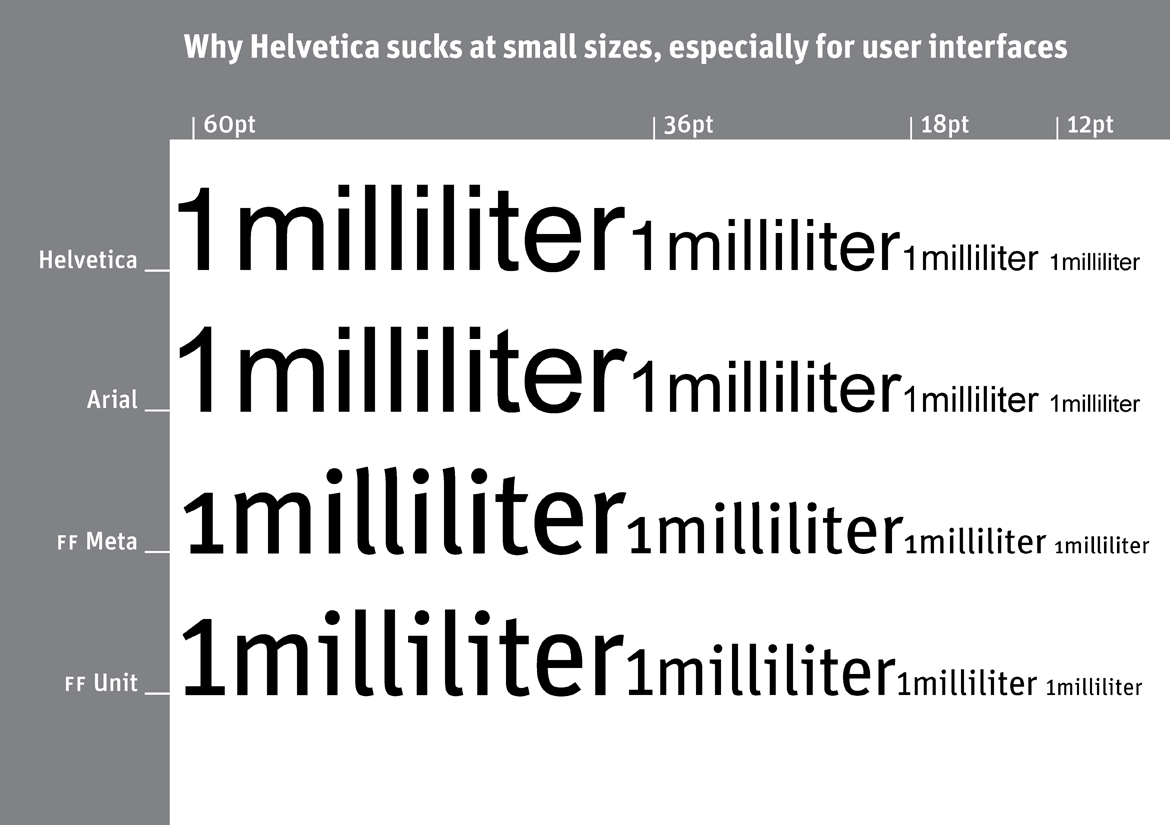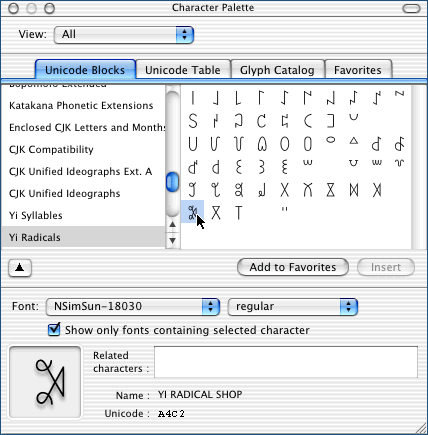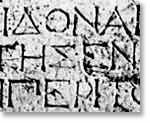>
Lúcia Bergamaschi Costa WeymarUniversidade Federal de Pelotas e Pontifícia Universidade Católica do Rio Grande do Sul.
Resumo: Este artigo resulta de uma proposta pedagógica acerca de design gráfico.
A proposta em questão é de caráter teórico e prático e propõe uma retrospectiva a propósito de alguns designers nacionais e internacionais que contribuíram para a história do design gráfico moderno e pós moderno. A partir desta teoria, os alunos projetaram cartazes homenageando tais designers e o resultado deste projeto, bem como a metodologia e a avaliação de todo este processo, estabelece o desenvolvimento deste texto.
Palavras-Chave: história do design gráfico moderno e pós-moderno 1. cartaz 2. ensino da comunicação visual 3. comunicação e cultura 4.
(...)
2.2) Design Gráfico Pós-Moderno
2.2.1) Origens do Design Gráfico Pós-ModernoSegundo Cauduro, na metade dos anos 1960 a monotonia e pasteurização do design ocidental começam a ser contestadas com Odermatt & Tissi em Zurique e Wolfgang Weingart em Basel: “(...) alternativas não-dogmáticas e mais descontraídas (retorno à ornamentação, ao simbolismo, ao humor e à improvisação) para fugir da esterilidade das formas modernistas” (CAUDURO, 1998, p. 79) passam a ser incluídas. Para o autor, citando Keedy, design pós-moderno é reação e não rejeição ao design moderno. Os pós-modernistas reagem aos excessos racionalistas e positivistas da modernidade. Como influências para estas mudanças podem ser lembradas as novas formas de viver dos existencialistas e beatniks dos anos 1950 e hippies dos anos 1960. É importante destacar que nesse momento surge o movimento psicodélico no design americano de contracultura. Cauduro5 aponta que este estilo pode ser considerado como apropriação (como veremos adiante com Poynor) e radicalização da Op-Art: estilos revividos, história reciclada, progresso material desprezado, valorização do inconformismo, da intuição e do subjetivismo. Podemos ainda lembrar o revivalismo dos estilos vitoriano, do Art Nouveau e do Art Déco, destacando então os designers Milton Glaser e Herb Lubalin com seu autoproclamado expressionismo, onde funde tipos com pictogramas inspirados no vernacular.
2.2.2) Estética LogocentristaA metafísica logocêntrica da presença, ou logocentrismo, é aquela posição filosófica
pela qual a fala tem sido sempre vista como sendo a única conexão verdadeira que
temos com o nosso pensamento, a escrita sendo apenas uma mera técnica para
representá-la. (Cauduro, 1998, p. 84)
Creio ser pertinente trazermos a nossa reflexão as pontuações realizadas por Cauduro
acerca do confronto de idéias entre Saussure e Derrida6 no que se refere à escrita. Saussure a
via como servil à fala, essa sim ligada ao pensar. Acreditava até que ela poderia ser maléfica
e perigosa já que muitas vezes infiel ao pensamento. Derrida, em contrapartida, definia a
escrita como um signo a mais, não apenas uma notação representativa da fala, mas uma
diferença. Ele se perguntava onde estava o perigo, porque a escrita vem sendo condenada a
uma distância, a uma invisibilidade? Cauduro avança o confronto passando então a criticar
um autor contemporâneo, o inglês McLean, que defende que o propósito do design
tipográfico é o comunicar palavras concebidas na mente de alguém, destituindo de sua
abrangência toda e qualquer imagem que não a formada por tipos, uma prática absurdamente
anacrônica em se considerando que as vanguardas do design em décadas passadas já haviam
refutado estes postulados7.
O design tipográfico pós-moderno não é excludente tal como todas as outras
manifestações das artes visuais contemporâneas, já que é abrangente e inclusivo. A condição
pós-moderna supõe que a transparência sobrevive, e em muitos casos deve permanecer, mas
não mais privilegia apenas o conteúdo verbal da estética logocêntrica, pois o estímulo à
inovação e à experimentação já é uma conquista centenária.
2.2.3) Retórica Tipográfica e Tipografia DigitalEm relação à retórica, Cauduro nos ensina que a tipografia clássica “é apenas uma das
variantes retóricas que a escrita tipográfica, ou o design tipográfico, melhor dizendo, pode
assumir na prática (...) ela não é toda a tipografia (...)”. O autor analisa que a tipografia
clássica é adequada “para manter o mito da autoridade” e conclui que “esta retórica
tipográfica da invisibilidade (...) é a face gráfica, visível, do logocentrismo”. (CAUDURO,
1988, p. 95)
O autor afirma que hoje
é o computador que propiciará o rejuvenescimento, uma vez mais, do design
tipográfico, como preconizado pelos futuristas, dadaístas e surrealistas, permitindo o
retorno do jogo e do acaso, fatores anteriormente oprimidos pelos funcionalistas do
design, mas que agora emergem, e são cada vez mais valorizados, graças aos
incríveis resultados gerados pelas novas tecnologias digitais de criação e produção
visuais (Cauduro,1998, p.99).
Em outro artigo, Cauduro classifica a tipografia digital hoje em: fontes bitmap ou
pixeladas, fontes techno, fontes revival ou retro, vernaculares, informais e idiossincráticas,
grunges, randômicas, híbridas, fontes de artifício e dingbats. (CAUDURO, 2002, p. 1-1)
(pp. 5)
referencias:5 CAUDURO, 2000, p. 127-139.
6 CAUDURO, 1998, p. 81-85.
7 CAUDURO, 1998, p. 81-93.


























